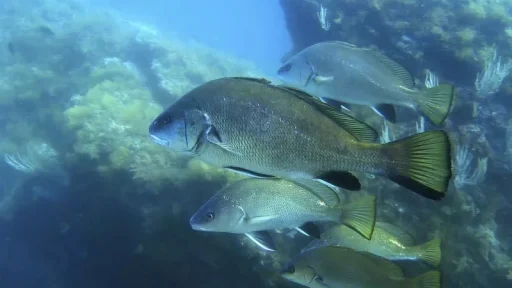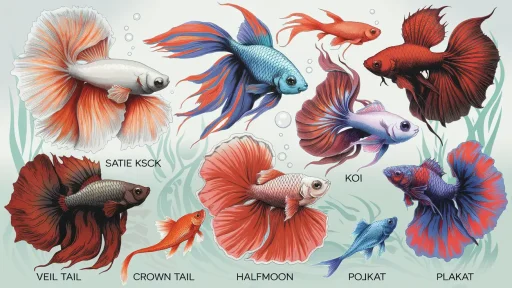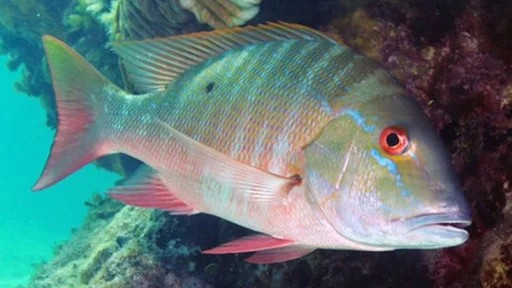The Ranchu goldfish, often hailed as the “King of Goldfish,” is more than just a fancy fish—it’s a living piece of art. With their distinctive appearance and endearing personalities, Ranchus have long captivated the hearts of aquarists across the globe. But this isn’t a fish you can simply admire from afar. Caring for a Ranchu requires dedication, knowledge, and a keen understanding of their unique needs. Let’s dive into their history, explore their characteristics, and uncover the secrets to their expert care.
The Rich History of Ranchu Goldfish
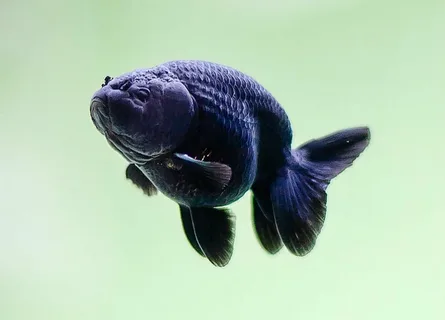
While the Ranchu goldfish has become a symbol of elegance today, their origins trace back to 17th century Japan. Imagine breeders in Japan painstakingly refining the breed from their Chinese ancestor—the Lionhead goldfish. Over centuries, the Ranchu evolved, becoming the fish we now admire in tanks worldwide.
Their history is not just about beauty, though. The Ranchu has played a significant role in the development of other fancy goldfish breeds, with its traits often woven into the genetic tapestry of newer varieties. Today, Ranchus remain highly prized and are often the centerpiece of goldfish competitions in Japan, where they are judged on their shape, color, and overall grace.
Physical Characteristics: What Makes a Ranchu Stand Out?
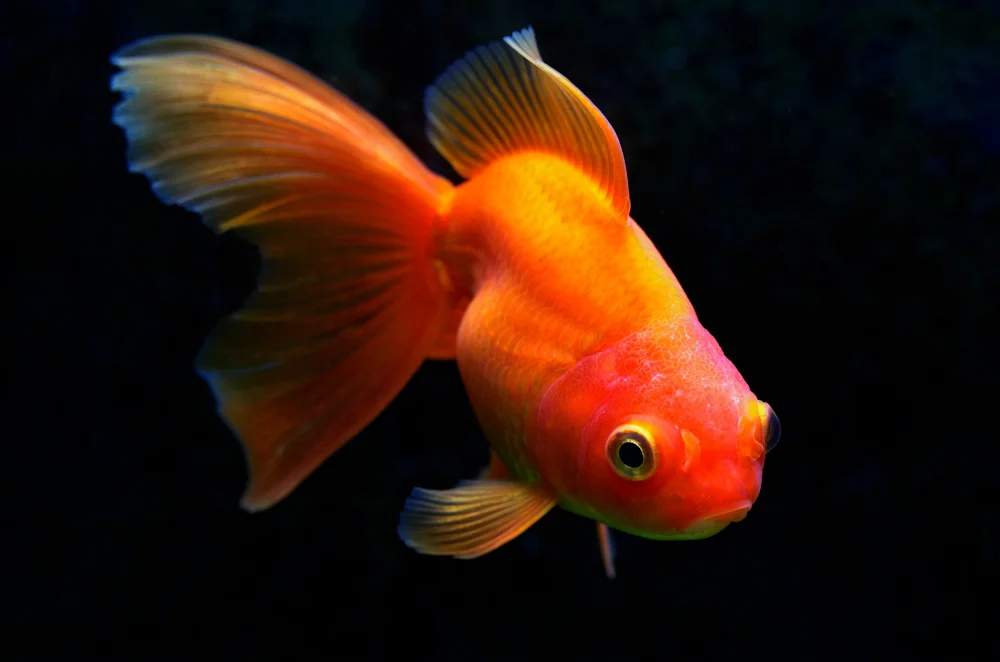
At first glance, the Ranchu goldfish is unmistakable. Their smooth, rounded body—lacking a dorsal fin—gives them an almost egg-like shape, unlike any other goldfish variety. The absence of that fin creates a sleek, uninterrupted curve from head to tail, a hallmark of the breed. And then there’s the wen—that fleshy, brain-like growth on their head that continues to develop as they mature. This hood is one of the Ranchu’s most iconic features.
Color? They come in a wide palette: vibrant reds, snowy whites, deep blacks, and even calico patterns. Their appearance is nothing short of striking, which is why they’re a favorite for aquarists who appreciate beauty and uniqueness.
The Behavior of Ranchu Goldfish: Graceful Yet Curious
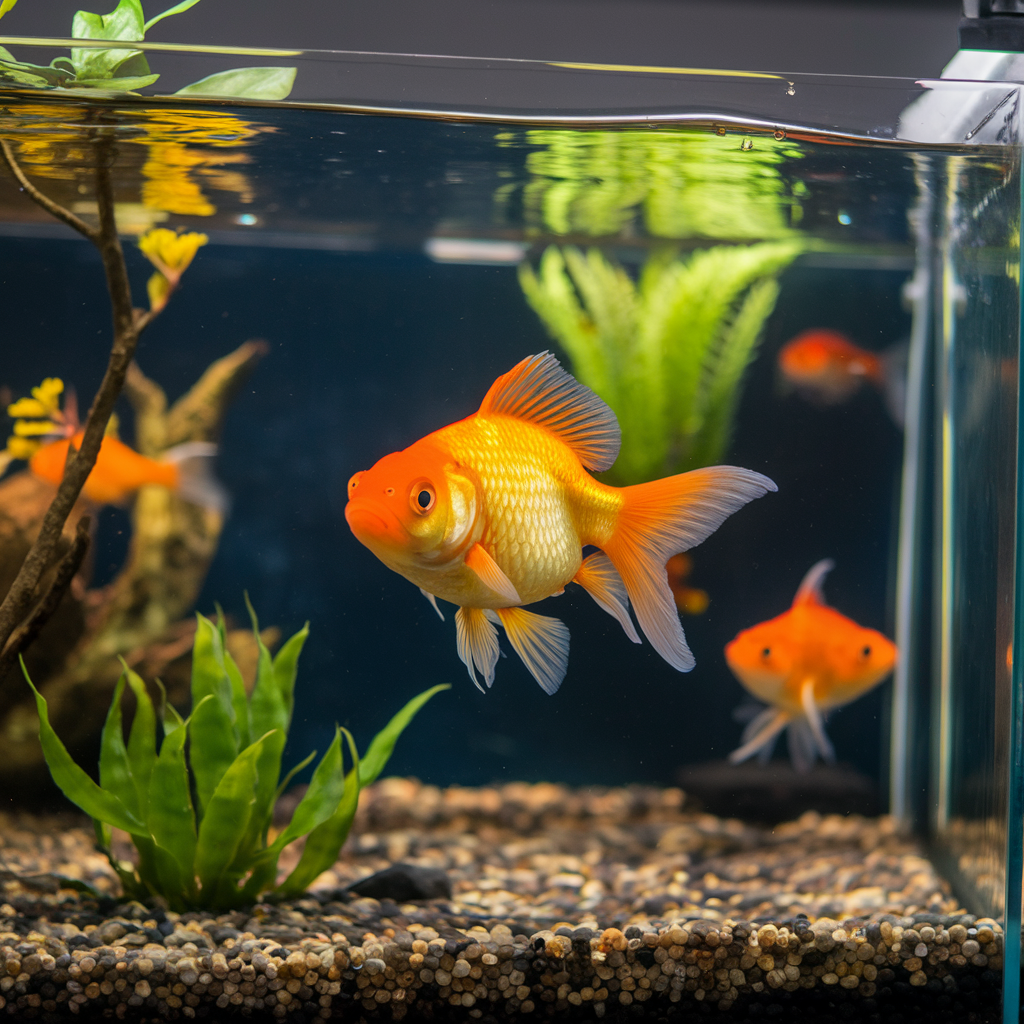
Ranchu goldfish are the epitome of elegance in motion. Their slow, deliberate swimming—a product of their rounded bodies and lack of a dorsal fin—gives them a serene, almost regal appearance. But don’t be fooled by their calm demeanor. These fish are curious! You’ll often find them exploring their tank, inspecting every nook and cranny, or even interacting with their human caretakers.
Despite their inquisitive nature, they’re not the best swimmers. Their design isn’t built for speed, which means they can struggle to compete for food if housed with faster species. But in a well-suited environment, they thrive, gliding gracefully through the water like royalty.
Ranchu vs. Other Fancy Goldfish: How Do They Compare?

At first glance, many fancy goldfish varieties might seem similar, but the Ranchu stands apart. Compared to the Lionhead, from which it was bred, the Ranchu has a much smoother back, lacking the prominent hump found in its ancestor. Their wen is more defined, and their lack of a dorsal fin further accentuates their streamlined appearance.
What about the Oranda? While Orandas are also known for their head growth, they differ significantly in that they possess a dorsal fin, making their profile less smooth than a Ranchu’s. In terms of care, Ranchus are often more delicate, requiring pristine water conditions and careful monitoring.
Setting Up a Ranchu Aquarium: Creating the Perfect Home
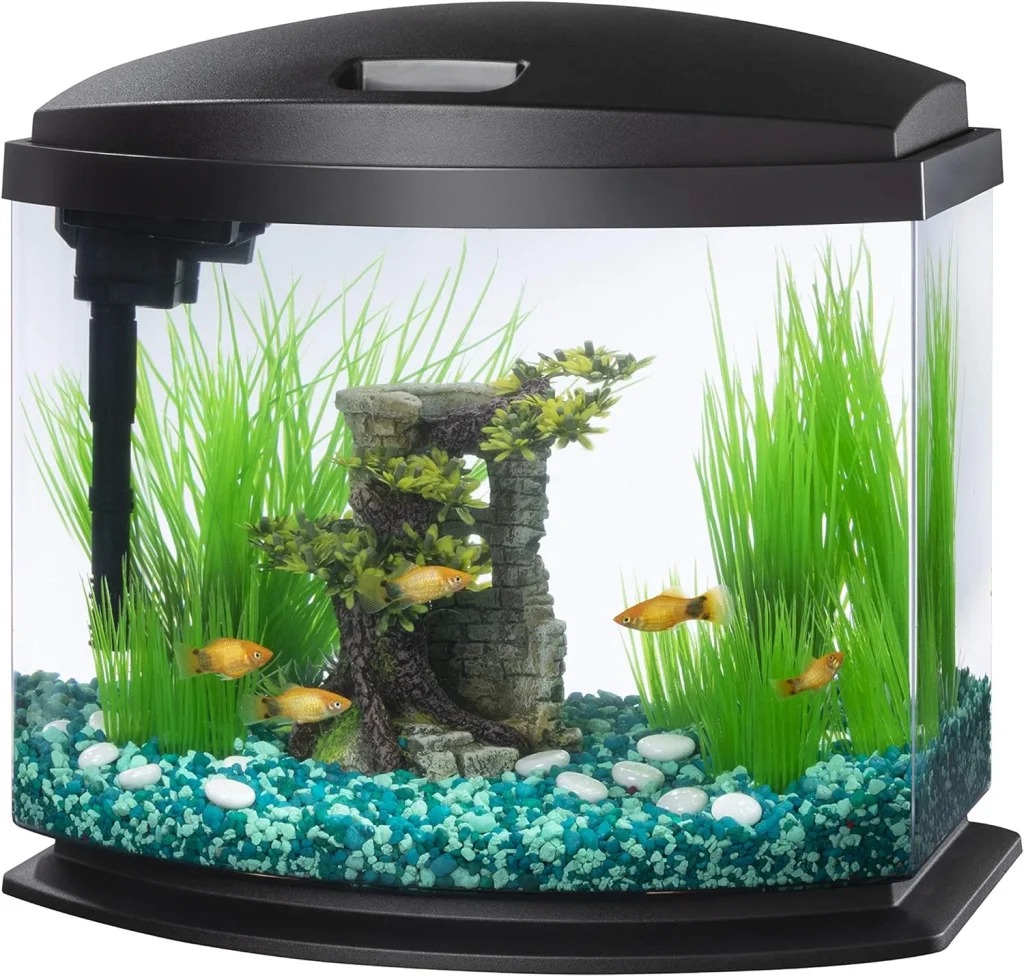

A Ranchu goldfish isn’t just any goldfish, and their home should reflect that. These beauties grow large—up to 8 inches—and need ample space to thrive. At least 20 gallons per Ranchu is recommended, with more space for additional tank mates.
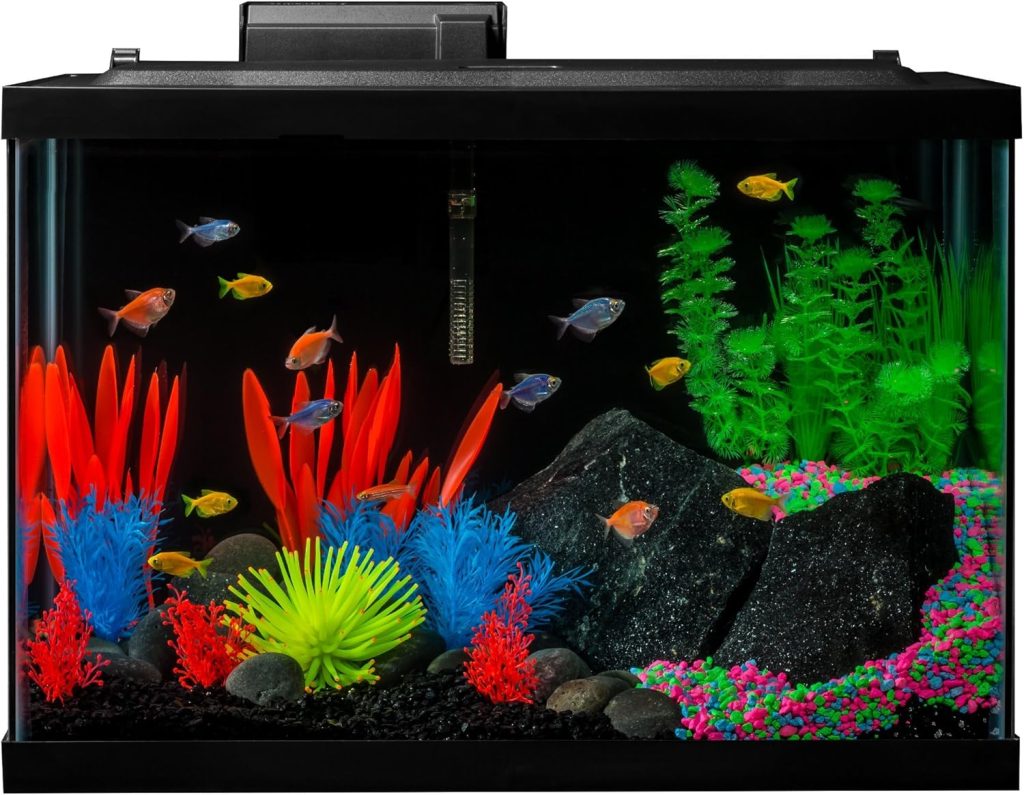
Water quality is critical. Ranchus are sensitive to fluctuations, so aim to maintain a temperature between 65-75°F (18-24°C), with a slightly alkaline pH of around 7.2-7.6. Since these fish produce a fair amount of waste, invest in a high-quality filtration system to keep the water clean and your Ranchu happy.
Feeding Your Ranchu: A Balanced Diet for a Healthy Fish
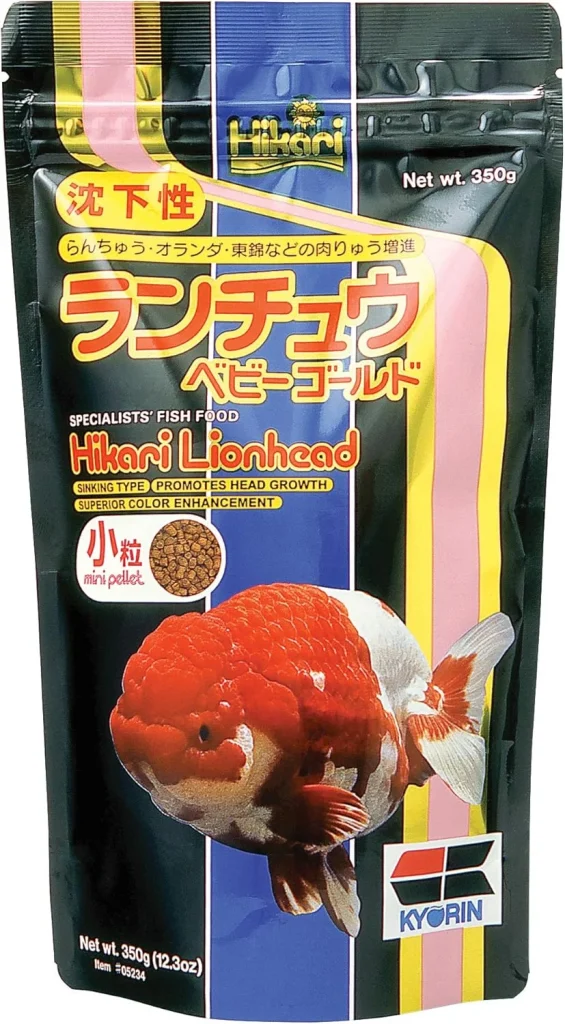
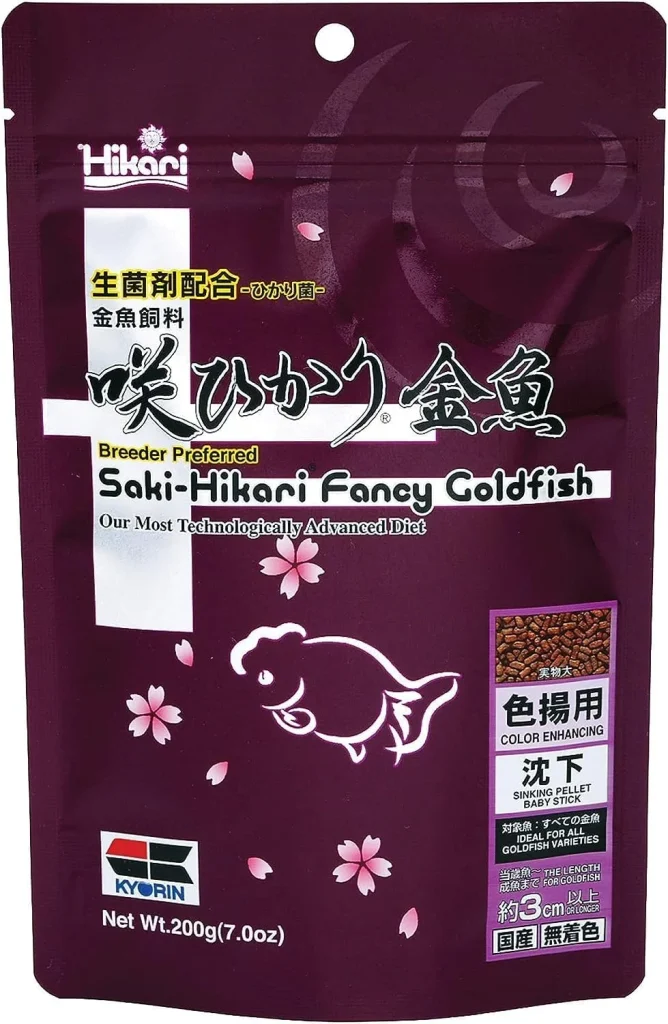

Click on the image to purchase from AMAZON
Ranchus, like most goldfish, are omnivores, meaning they enjoy a varied diet. High-quality goldfish pellets should be the staple, but supplementing their meals with fresh vegetables like peas and spinach will keep them healthy. Every now and then, reward them with some live or frozen treats—brine shrimp and bloodworms are favorites.
But beware of overfeeding. Ranchus are prone to swim bladder issues due to their round body shape, which can affect their buoyancy. Stick to feeding them once or twice a day in small portions to keep them in top shape.
Common Health Issues in Ranchu Goldfish: Prevention and Treatment
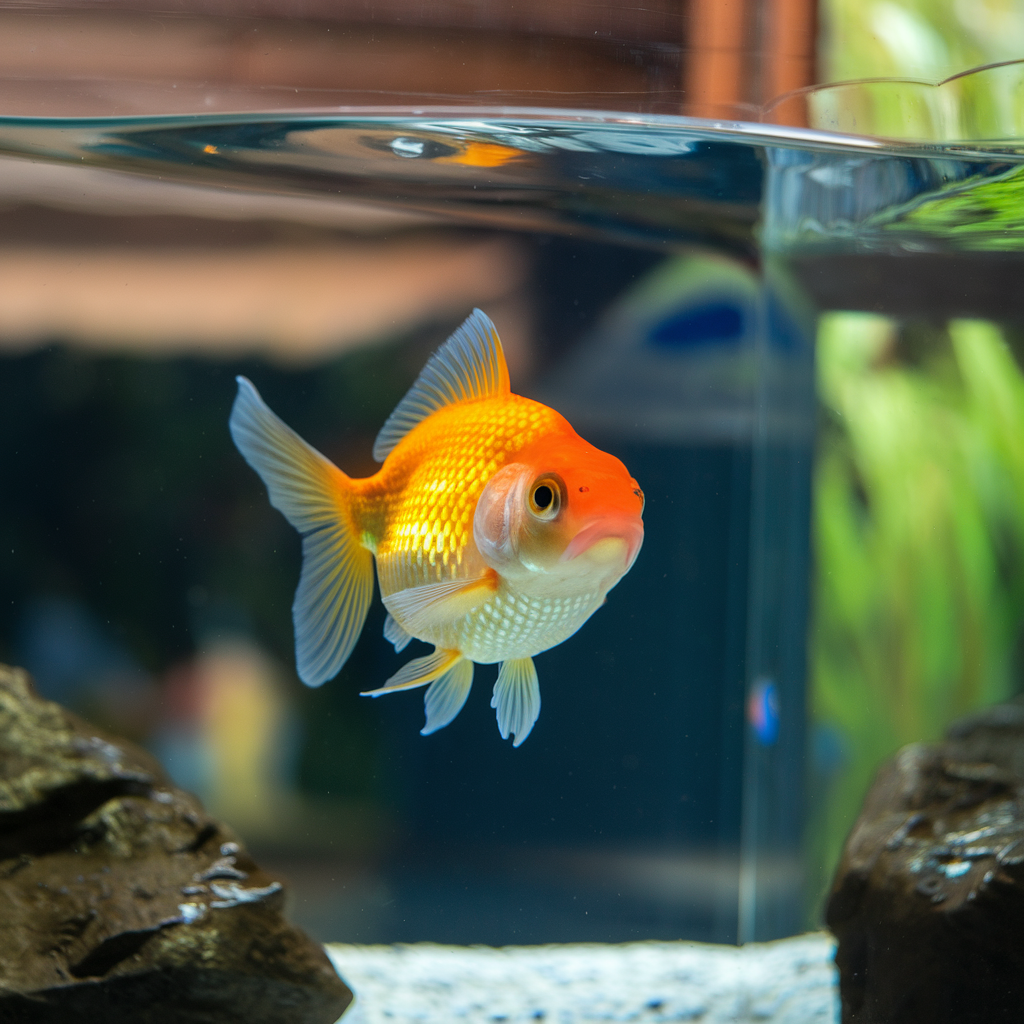
Due to their unique anatomy, Ranchus are more susceptible to certain health problems. Swim bladder disease is a frequent issue, often caused by overfeeding or poor water quality. Additionally, their delicate fins can fall prey to fin rot or fungal infections if not properly cared for.
Regular water changes, a diverse diet, and vigilant observation can help prevent these issues. If your Ranchu starts showing signs of distress—like clamped fins, lethargy, or erratic swimming—it’s time to take action. Early intervention is key to keeping these fish healthy.
Breeding Ranchu Goldfish: A Rewarding Challenge
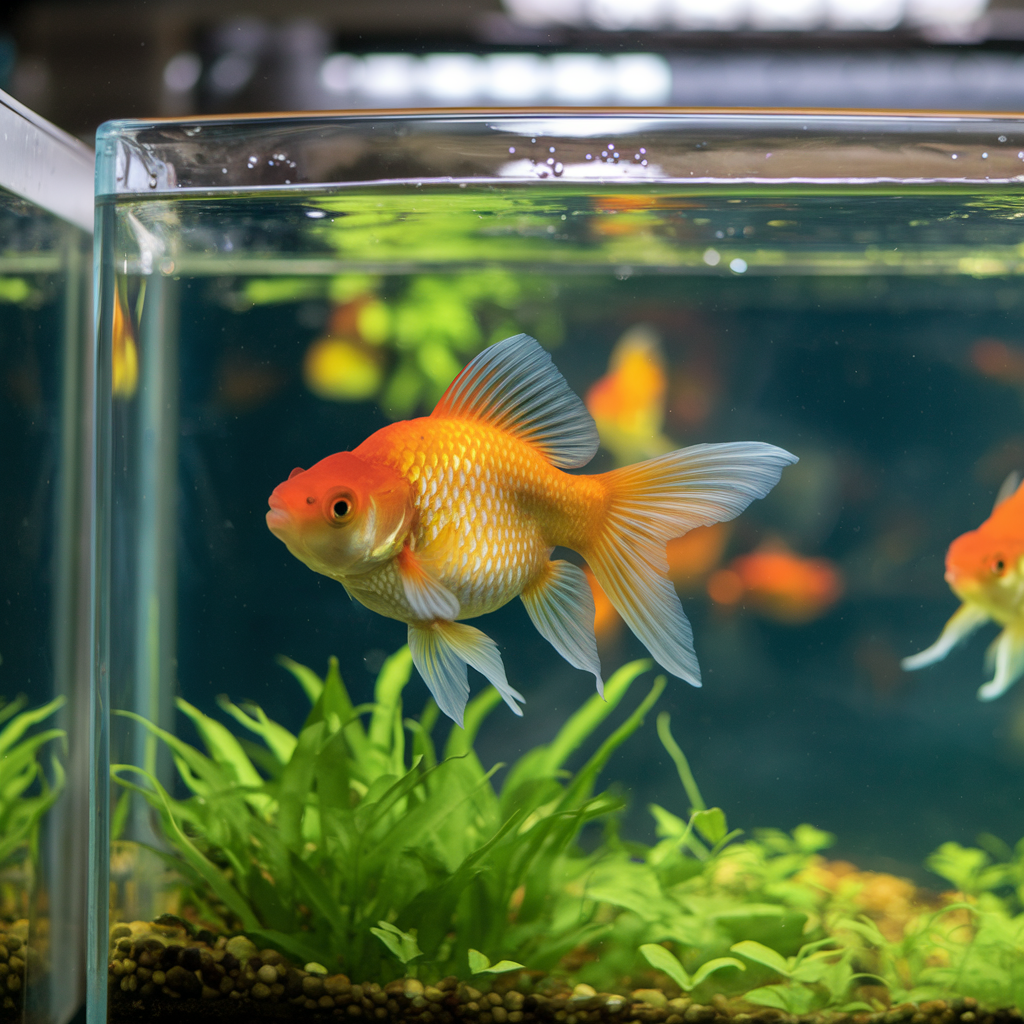
Breeding Ranchu goldfish isn’t for the faint of heart, but for those willing to try, it can be a deeply rewarding experience. Set up a separate, shallow breeding tank with slightly warmer water to stimulate spawning. During the breeding season, males will chase females around the tank in a lively display before the eggs are laid.
Once the eggs are deposited, it’s important to remove the adults—Ranchus have been known to eat their own eggs! After the fry hatch, they should be fed specialized fry food until they’re large enough to join the main tank.
Maintaining Water Quality: The Key to Ranchu Care
If there’s one thing that will make or break your success in caring for Ranchu goldfish, it’s water quality. These fish produce a considerable amount of waste, and without regular water changes (at least 25% weekly), harmful chemicals like ammonia and nitrite can build up quickly. Testing your water regularly and keeping it clean will ensure your Ranchu thrives.
Expert Care Tips for Happy, Healthy Ranchus
Want to keep your Ranchu goldfish not just alive, but thriving? Here are some expert tips:
- Stability is key. Avoid sudden temperature changes and maintain consistent water conditions.
- Choose gentle tank mates that won’t outcompete or stress them.
- Regularly monitor their wen (head growth) for any signs of infection.
Challenges of Keeping Ranchu Goldfish: What You Need to Know
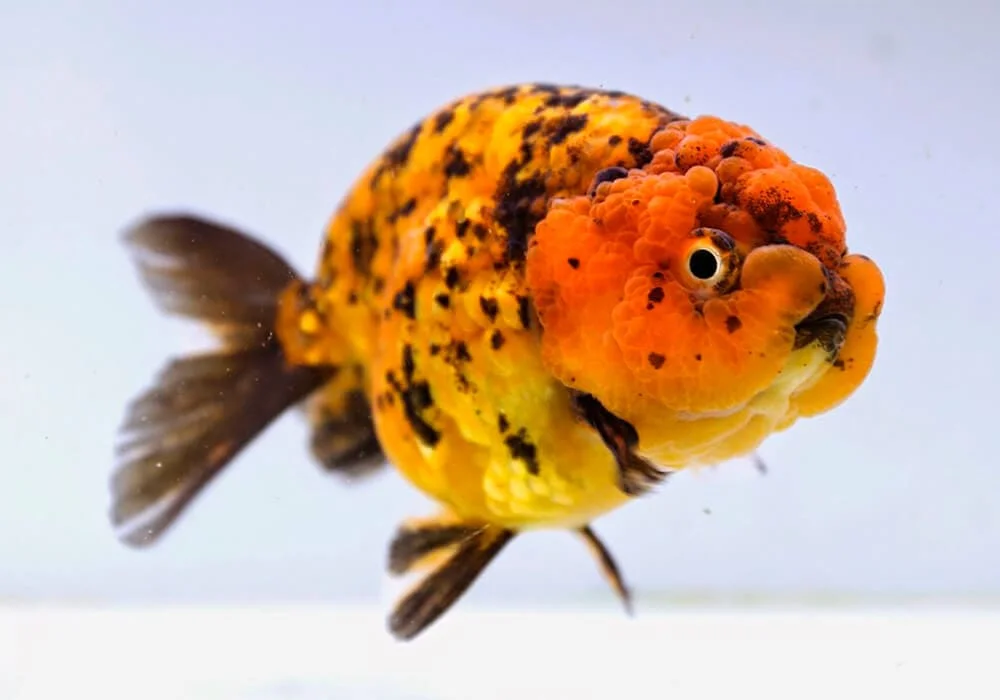
Owning a Ranchu goldfish can be a bit more challenging than caring for other varieties. Their sensitivity to water quality, combined with their susceptibility to swim bladder issues and infections, means they require more attention. Additionally, their wen, while beautiful, can become infected if not properly cared for.
And then there’s the cost. Maintaining a large tank with proper filtration isn’t cheap, but for the dedicated aquarist, the rewards far outweigh the challenges.
Fun Facts About Ranchu Goldfish: Did You Know?
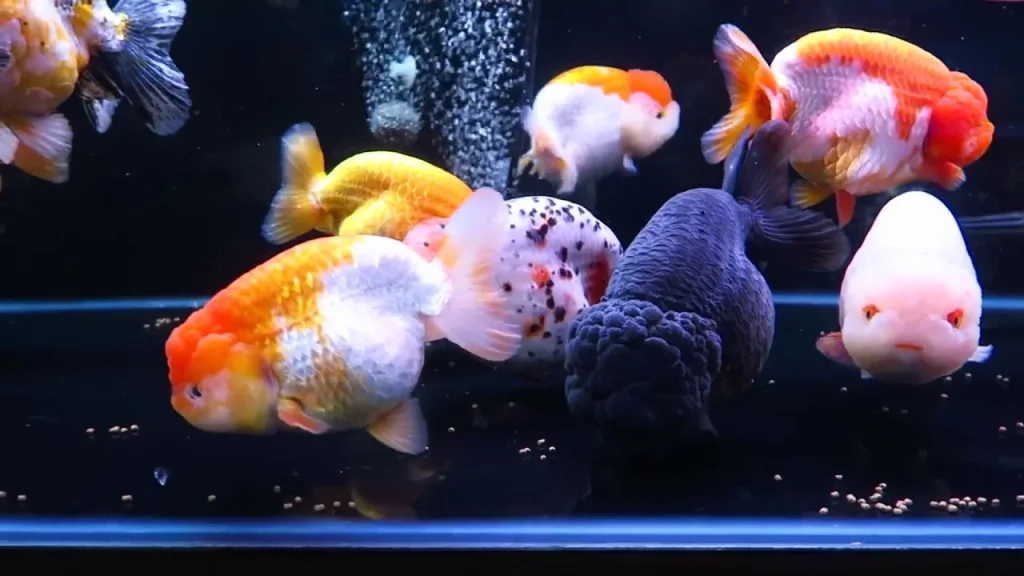
- Longevity: With the right care, Ranchu goldfish can live for over 10 years, sometimes even longer!
- Competition Stars: Ranchus are often showcased in Japanese competitions, where their beauty and form are judged meticulously.
- Cultural Significance: In Japan, Ranchus symbolize beauty, grace, and tranquility.
Conclusion: A True King Among Goldfish
Ranchu goldfish are truly deserving of their title as the “King of Goldfish.” From their rich history to their striking appearance, they are a joy to own and care for. But with that joy comes responsibility. By understanding their needs—whether it’s their delicate health, special diet, or pristine water requirements—you can ensure these majestic fish live long, happy lives. For those who are willing to put in the effort, the reward is a stunning, serene presence in your aquarium that never fails to captivate.
Read More:
Dorado Fish Decoded: Unveiling the Secrets of This Ocean Acrobat
Grouper Fish: The Giant of the Reef and Its Crucial Ecological Role
TriggerFish: The Ocean’s Living Locks and How They Got Their Name
Colonel Fish: Unraveling the Secrets of This Unique Marine Species


